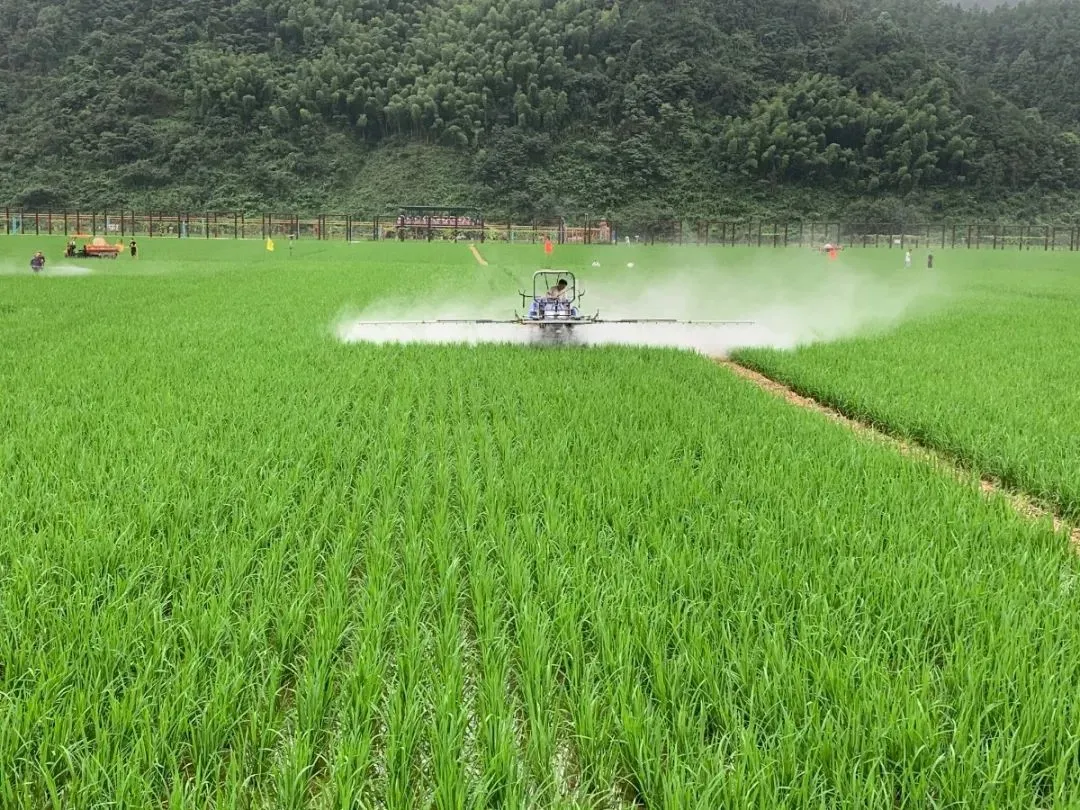
Aug . 06, 2024 08:28 Back to list
Exploring the Uses and Effects of Malathion as a Pesticide in Agricultural Practices
Malathion Understanding Its Uses, Safety, and Environmental Impact
Malathion is a widely used organophosphate insecticide that plays a crucial role in agricultural practices and pest control. Its primary function is to eliminate various harmful pests such as mosquitoes, agricultural insects, and other arthropods that threaten crops and public health. With a chemical structure that facilitates its action on the nervous systems of insects, malathion has been recognized for its effectiveness and relatively low toxicity to mammals when used correctly. Here, we explore the uses, safety concerns, and environmental impact of malathion.
Uses of Malathion
Malathion is employed in a myriad of contexts. In agriculture, it is mainly used to protect crops such as fruits, vegetables, and ornamental plants from pest infestations. It effectively targets a wide range of pests, including aphids, leafhoppers, and fruit flies. Additionally, malathion is utilized in public health campaigns aimed at controlling mosquito populations, particularly in areas where mosquito-borne diseases, such as West Nile virus and Zika virus, pose significant health risks. The ability of malathion to rapidly degrade in the environment further enhances its appeal, making it a popular choice for integrated pest management systems.
Safety and Health Concerns
Although malathion is less toxic to humans compared to some other organophosphates, concerns regarding its safety cannot be overlooked. Exposure to malathion can occur through inhalation, skin contact, or consumption of contaminated food. Symptoms of overexposure may include headache, dizziness, sweating, nausea, and respiratory distress. Therefore, strict adherence to safety guidelines is crucial when handling malathion. This includes using personal protective equipment (PPE), applying the chemical during low-wind conditions, and ensuring proper storage away from food and living areas.
malathion 20

Regulatory agencies, such as the Environmental Protection Agency (EPA) in the United States, have established maximum residue limits for malathion in food products to protect public health. Consequently, treated crops are monitored to ensure they comply with safety standards prior to reaching consumers. It is imperative for agricultural workers to be educated about the risks and necessary precautions associated with malathion use.
Environmental Impact
Malathion's environmental effects warrant careful consideration. While it is generally viewed as less persistent than some other pesticides, it can still pose risks to non-target organisms such as bees, aquatic life, and birds. The application of malathion can lead to a reduction in beneficial insect populations, which play essential roles in ecosystems, such as pollination and natural pest control. Additionally, runoff from agricultural fields can introduce malathion into waterways, potentially harming aquatic ecosystems.
Research has shown that malathion can break down through microbial activity and environmental factors, but its by-products may remain hazardous. As a result, there is a growing emphasis on the need for sustainable pest management strategies that minimize reliance on chemical pesticides like malathion. Integrated pest management (IPM) practices, which combine biological control, crop rotation, and the use of resistant crop varieties, represent a holistic approach to managing pests while safeguarding human health and the environment.
Conclusion
Malathion serves as an important tool in pest management across various sectors. However, its use comes with responsibilities and risks that require careful management. By understanding the benefits and potential hazards associated with malathion, stakeholders—including farmers, public health officials, and consumers—can make informed decisions that prioritize safety while effectively managing pests. Future research and technological advancements will hopefully lead to improved pest management approaches that minimize chemical use, ensuring both agricultural productivity and environmental sustainability.
-
Insecticide Spirotetramat 11% + Thiacloprid 11% SC at Good Price
NewsJul.30,2025
-
Best Abamectin SDS - Premium Quality & Reliable Safety Data
NewsJul.29,2025
-
Agrochemicals Pesticides Solutions for Sustainable Farming
NewsJul.29,2025
-
High-Quality Tebuconazole Fungicide for Crop Protection at Best Price
NewsJul.29,2025
-
Chlorfenapyr 8% + Clothianidin 20%SC Pesticide Mixture for Effective Pest Control
NewsJul.28,2025
-
Best Azoxystrobin Difenoconazole Supplier for Crop Protection
NewsJul.28,2025
